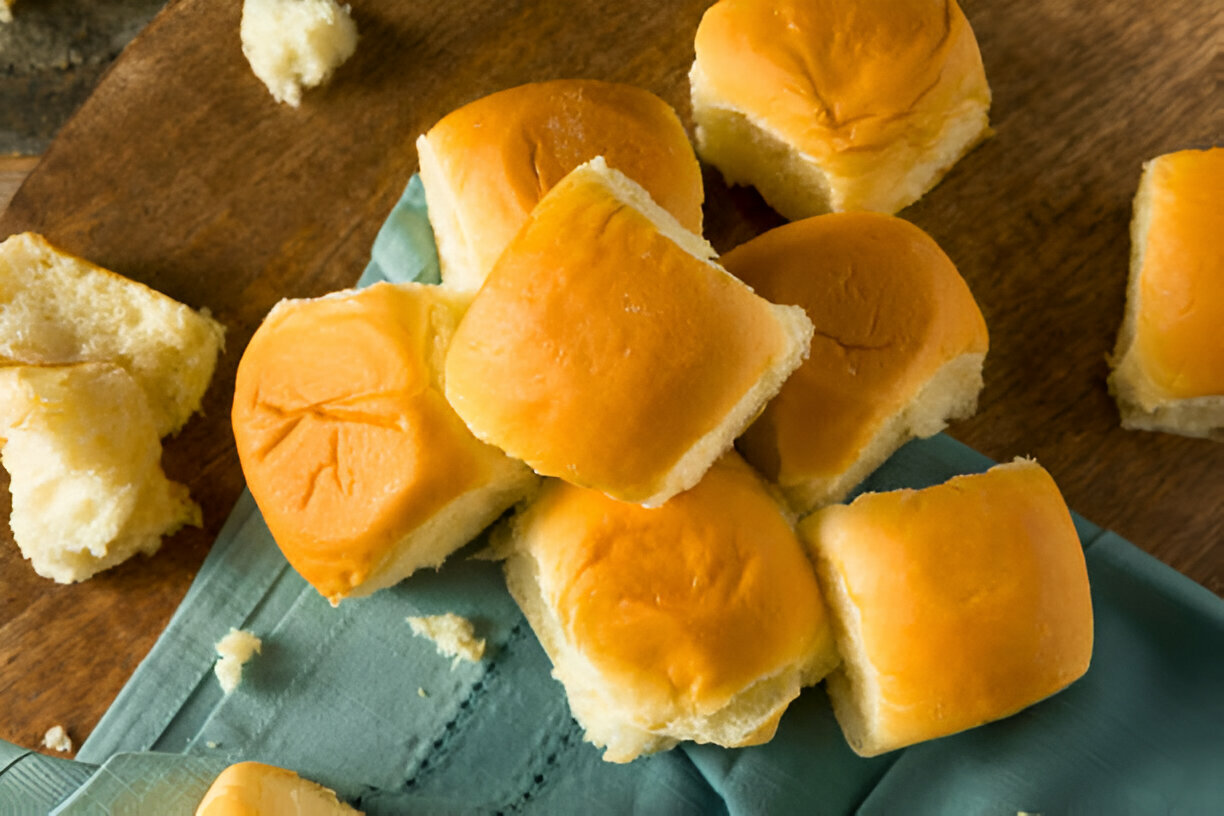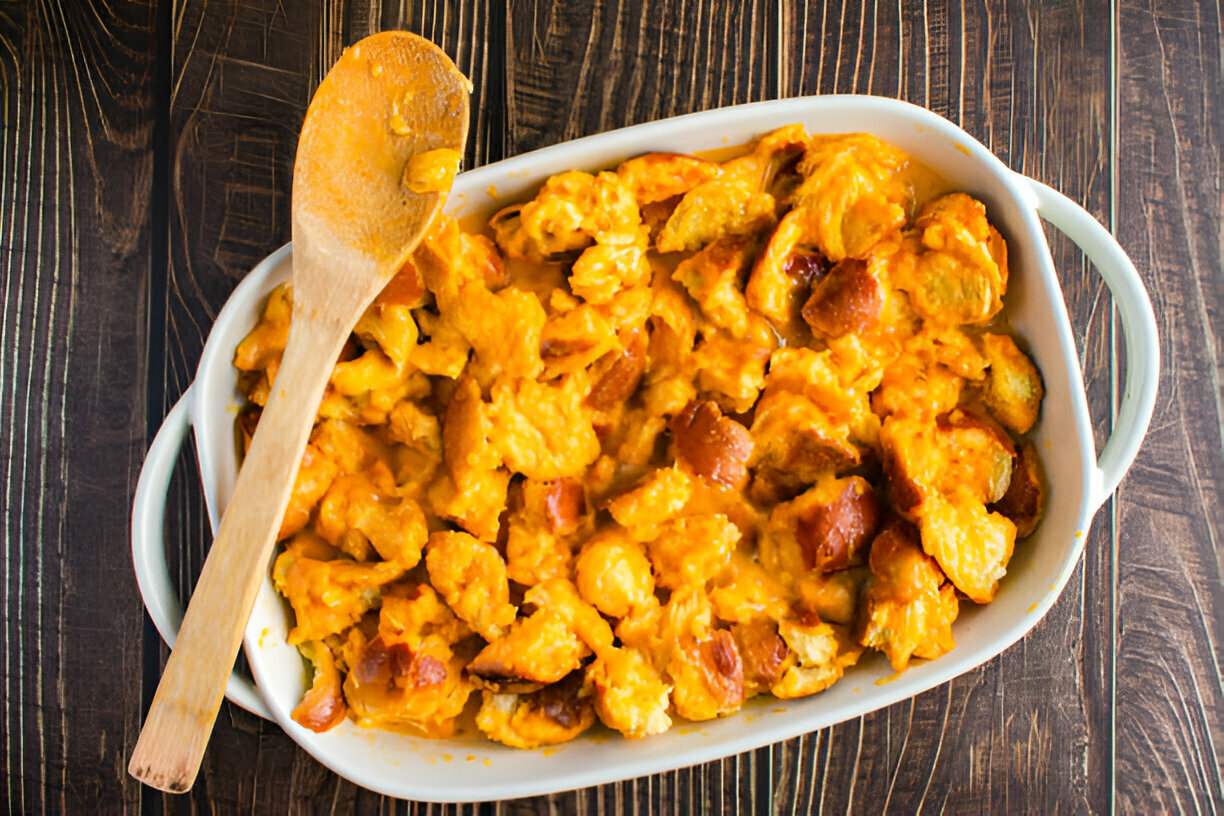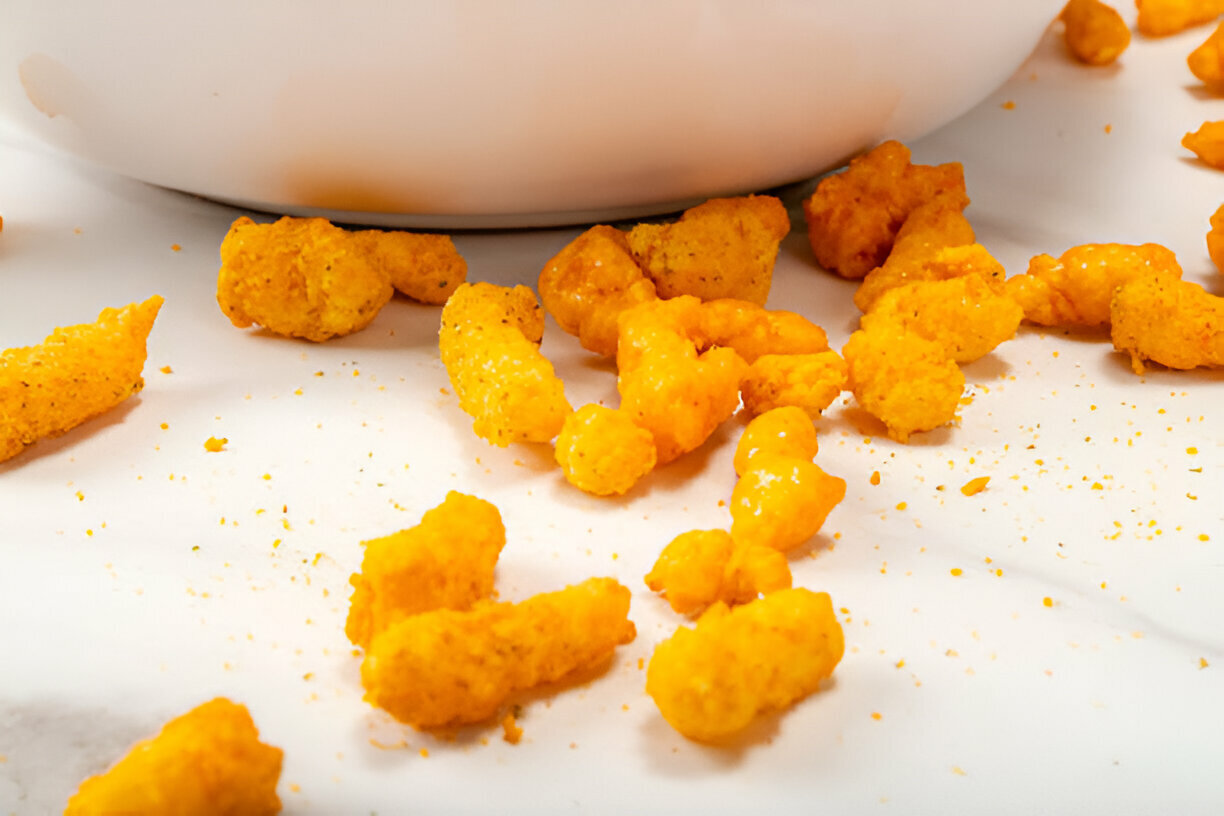Russian Buttercream is a delightful and versatile frosting that has recently gained popularity among bakers and cake decorators alike. Unlike traditional buttercreams, this unique frosting combines the rich creaminess of butter with the sweetness of condensed milk, resulting in a smooth, creamy texture that is perfect for various baked goods. Its distinct flavor profile and stable consistency make it an excellent choice for both everyday cakes and elaborate dessert displays.
The importance of Russian Buttercream in the world of baking cannot be overstated. Its adaptability allows it to be used for spreading, piping, and even filling, making it a favorite among professional pastry chefs and home bakers. As more people discover its unique qualities, Russian Buttercream is becoming a staple in kitchens everywhere, elevating cakes and pastries to new heights of deliciousness.
This article will explore the fascinating world of Russian Buttercream in detail. We will begin by defining what exactly Russian Buttercream is, delving into its history and comparing it to other popular buttercreams. From the key ingredients that give it its distinctive flavor to the science behind its creamy texture, you will learn everything you need to know to master this delightful frosting. We will also provide step-by-step instructions on how to make it, tips for perfecting your technique, and techniques for using it in cake decorating. Get ready to dive into the delicious realm of Russian Buttercream!
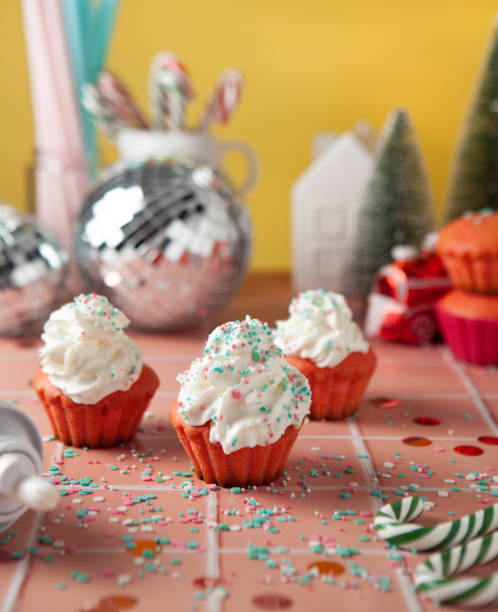
1. What is Russian Buttercream?
Russian Buttercream is a unique type of frosting that sets itself apart from traditional varieties by incorporating sweetened condensed milk along with butter. This combination results in a frosting that is not only rich and creamy but also wonderfully stable, making it ideal for a variety of decorating techniques. Unlike American Buttercream, which is primarily made with butter and powdered sugar, or Swiss and French Buttercreams that rely on egg whites and sugar syrups, Russian Buttercream offers a simpler approach that yields a delightful texture and flavor.
1.1 Definition
At its core, Russian Buttercream marries the creaminess of high-quality butter with the sweetness of condensed milk, creating a luscious frosting that is easy to work with. The distinct balance of sweetness and richness allows it to complement various cake flavors without being overpowering. This buttercream has gained traction for its ability to hold its shape, making it an excellent choice for intricate piping and elaborate cake designs.
1.2 History and Origin
The origins of Russian Buttercream can be traced back to Eastern European baking traditions. While its exact history is somewhat murky, it is believed to have evolved from a desire to create a lighter, more stable frosting alternative suited for the region’s rich desserts. Over time, as baking techniques and preferences have changed, Russian Buttercream has become a favored staple in both professional kitchens and home bakeries worldwide.
1.3 Comparison with Other Buttercreams
When comparing Russian Buttercream with its counterparts, the differences become clear. American Buttercream is known for its sweetness and is often heaviness due to the high quantity of powdered sugar, while Swiss Buttercream has a silkier texture due to its meringue base made from egg whites. French Buttercream, on the other hand, offers a decadent flavor profile thanks to its incorporation of egg yolks. Russian Buttercream brings a balanced mix of these qualities, combining the richness of butter and the sweetness of condensed milk while avoiding the overly sugary taste found in many American recipes.
2. Key Ingredients in Russian Buttercream
The quality and type of ingredients used in Russian Buttercream play a crucial role in achieving the desired texture and flavor. Understanding the key components will enable bakers to create a frosting that is both delicious and visually appealing.
2.1 Butter
Butter is the star ingredient in Russian Buttercream, providing a rich and creamy base for the frosting. Choosing high-quality, unsalted butter is essential, as the flavor and texture will greatly impact the final product.
2.1.1 Importance of Quality Butter
Using high-quality butter enhances the overall flavor of the frosting. Look for butter that contains at least 80% fat, as this ensures a richer taste and creamier texture. Avoid using margarine or low-fat butters, as they do not yield the same luxurious result.
2.2 Powdered Sugar
Powdered sugar, also known as confectioner's sugar, is used to sweeten Russian Buttercream while contributing to its smooth consistency. The fine texture of powdered sugar ensures it blends seamlessly with the butter and condensed milk, creating a uniform frosting without any gritty feel.
2.3 Condensed Milk
Sweetened condensed milk is the unique component that differentiates Russian Buttercream from other frostings. It adds sweetness and contributes to the frosting's creamy texture. The milk also provides moisture, which helps achieve a perfect consistency for spreading and piping.
2.3.1 Different Types of Condensed Milk
There are various types of sweetened condensed milk available, including regular and fat-free options. While regular condensed milk is recommended for the best flavor and texture, experimenting with different types can yield interesting results based on personal preferences.
2.4 Flavoring Options
While the base flavor of Russian Buttercream is delightful on its own, adding flavorings allows for creativity and customization. Popular options include vanilla, chocolate, and even fruit extracts.
2.4.1 Vanilla, Chocolate, and More
For those who prefer a more classic approach, vanilla extract is a traditional choice. Chocolate lovers can fold in cocoa powder or melted chocolate, while adventurous bakers might experiment with almond, mint, or other flavor extracts to create a unique version of the frosting.
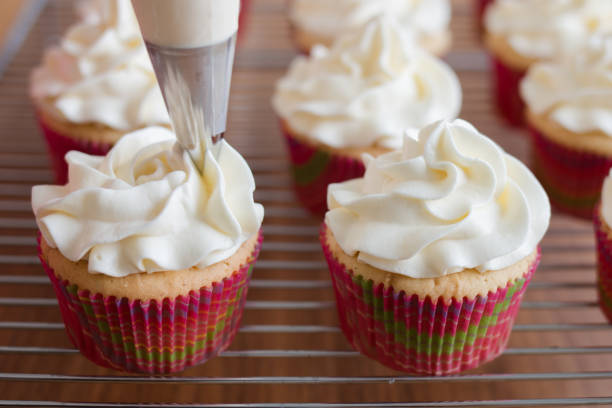
3. The Science Behind Russian Buttercream
Understanding the science that underpins Russian Buttercream is essential for mastering this frosting. Its rich texture and stability stem from a delicate process that involves emulsification, temperature management, and ingredient balance.
3.1 Emulsification Process
Emulsification is the process of combining two immiscible substances, like oil and water. In Russian Buttercream, the butter and condensed milk must be blended together thoroughly to create a stable emulsion. Proper emulsification results in a smooth, creamy texture that holds up well for decorating.
3.2 Stability and Texture
The unique combination of butter and sweetened condensed milk provides Russian Buttercream with excellent stability. Unlike traditional buttercreams that can easily become overly soft, the presence of condensed milk helps maintain the frosting’s integrity, allowing for intricate piping and designs.
3.3 How Temperature Affects Buttercream
Temperature significantly influences the consistency of Russian Buttercream. Keeping ingredients at room temperature ensures easier mixing and a smooth final product. If the butter is too cold, it may not blend evenly, while overly warm butter can cause the frosting to become too soft.
4. How to Make Russian Buttercream
4.1 Ingredients
| Ingredient | Quantity |
|---|---|
| Unsalted Butter | 1 cup (room temperature) |
| Powdered Sugar | 2 cups |
| Sweetened Condensed Milk | ½ cup |
| Flavorings (optional) | to taste |
4.2 Step-by-Step Directions
- Prepare your ingredients.
- Beat the butter until creamy.
- Gradually add powdered sugar while mixing.
- Pour in the condensed milk and mix until smooth.
- Add flavoring and mix well.
- Adjust the consistency (add more powdered sugar or condensed milk).
- Whip until fluffy.
4.3 Tips for Perfecting Your Buttercream
- Using room temperature ingredients: This helps achieve a smooth blend.
- Avoiding overmixing: Overmixing can cause the buttercream to become too soft.
- Recommendations for storage: Store any leftover buttercream in an airtight container to keep it fresh.
5. Decorating with Russian Buttercream
5.1 Piping Techniques
Russian Buttercream is perfect for piping due to its stability. Use various piping tips to create decorative borders, flowers, and other embellishments. Experimenting with different techniques can lead to beautiful cake presentations.
5.2 Best Types of Cakes for Russian Buttercream
This frosting pairs wonderfully with a variety of cakes, including sponge cakes, chocolate cakes, and even fruit-flavored cakes. Its rich and creamy nature enhances the overall flavor profile of the dessert.
5.3 Color Variations and Additives
Coloring Russian Buttercream can add an extra layer of appeal. You can use food coloring to create vibrant shades suitable for themed celebrations or special occasions. Additionally, natural colorants like beet juice or matcha powder can be used for a more organic approach.
5.3.1 Natural color vs. artificial color
While artificial colors provide a wide range of shades, natural colors offer a more subtle palette and are often perceived as healthier alternatives. Ultimately, the choice depends on personal preference and desired aesthetics.
6. Storing and Maintaining Russian Buttercream
6.1 Short-term Storage (Refrigeration)
For short-term storage, Russian Buttercream can be refrigerated for up to a week. Place it in an airtight container to prevent it from absorbing odors from other foods in the fridge.
6.2 Long-term Storage (Freezing)
To store Russian Buttercream for longer periods, it can be frozen for up to three months. Ensure it's in an airtight container or freezer bag to protect its quality. When ready to use, thaw the buttercream in the refrigerator overnight.
6.3 How to Revive After Chilling
If the buttercream has been chilled, it may stiffen. Allow it to come back to room temperature and then rewhip it briefly to restore its creamy texture before using it for decorating.
7. Common Mistakes and How to Avoid Them
7.1 Over-whipping
Over-whipping can lead to a buttercream that is too soft or even curdled. Mix just until smooth and fluffy to achieve the best consistency.
7.2 Incorrect Ratios of Ingredients
Using too much powdered sugar or condensed milk can affect the final texture. Always follow the recommended ratios to maintain the ideal balance.
7.3 Temperature Issues
Using ingredients that are too cold or too warm can affect the emulsification process. Make sure your butter and other ingredients are at room temperature for optimal results.
8. FAQs about Russian Buttercream
8.1 What is the difference between Russian Buttercream and traditional buttercream?
Russian Buttercream uses sweetened condensed milk in addition to butter, resulting in a smoother, creamier texture compared to traditional buttercreams, which typically rely on powdered sugar for sweetness.
8.2 Can I use margarine instead of butter?
While margarine can be used, it is not recommended, as it lacks the same flavor and texture as high-quality butter. Using butter will yield the best results.
8.3 How long does Russian Buttercream last?
When stored properly, refrigerated Russian Buttercream can last for up to a week, while frozen buttercream can last for about three months.
8.4 Can I add flavors to Russian Buttercream?
Yes! Russian Buttercream is versatile and can be flavored with extracts like vanilla, almond, or mint, as well as cocoa powder or melted chocolate.
8.5 Is Russian Buttercream stable for cake decorating?
Yes, the stability of Russian Buttercream makes it an excellent choice for cake decorating, as it holds its shape well and can withstand room temperatures for a longer period than typical buttercreams.
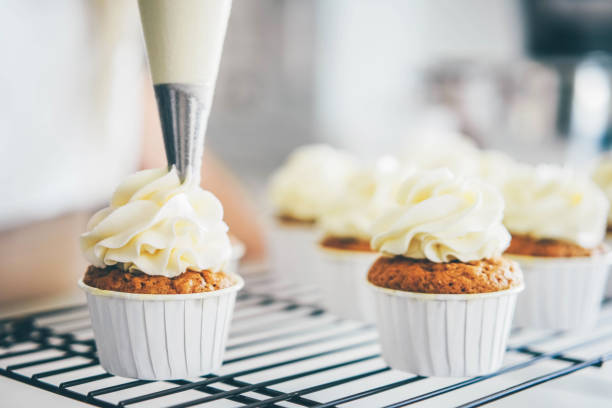
Russian Buttercream
Equipment
- 1 stand mixer or hand mixer
- 1 mixing bowl
- 1 rubber spatula
- optional piping bags
- optional food scale for precise measurements
Ingredients
- 1 cup unsalted butter Softened, at room temperature for easy blending.
- 1 cup powdered sugar
- 2 teaspoons vanilla extract
- a pinch salt
Instructions
- In a mixing bowl, place the softened unsalted butter. Using a stand mixer or hand mixer, beat on medium speed for about 5 minutes until the butter is creamy and light in color.
- Gradually add the powdered sugar to the butter, about ¼ cup at a time, mixing on low speed until the sugar is incorporated. Scrape down the sides of the bowl as necessary.
- Once all the powdered sugar is added, continue to beat the mixture for an additional 3-5 minutes until it’s fluffy and light.
- Add the vanilla extract and a pinch of salt, then mix on medium speed for an additional minute until fully combined.
- The frosting is now ready to use. You can frost cakes or cupcakes as desired, or transfer it into piping bags for decorating.
- Make sure the butter is at room temperature for easy blending.
- Store any leftover buttercream in an airtight container in the refrigerator for up to a week. Re-whip before using if it becomes too stiff.

